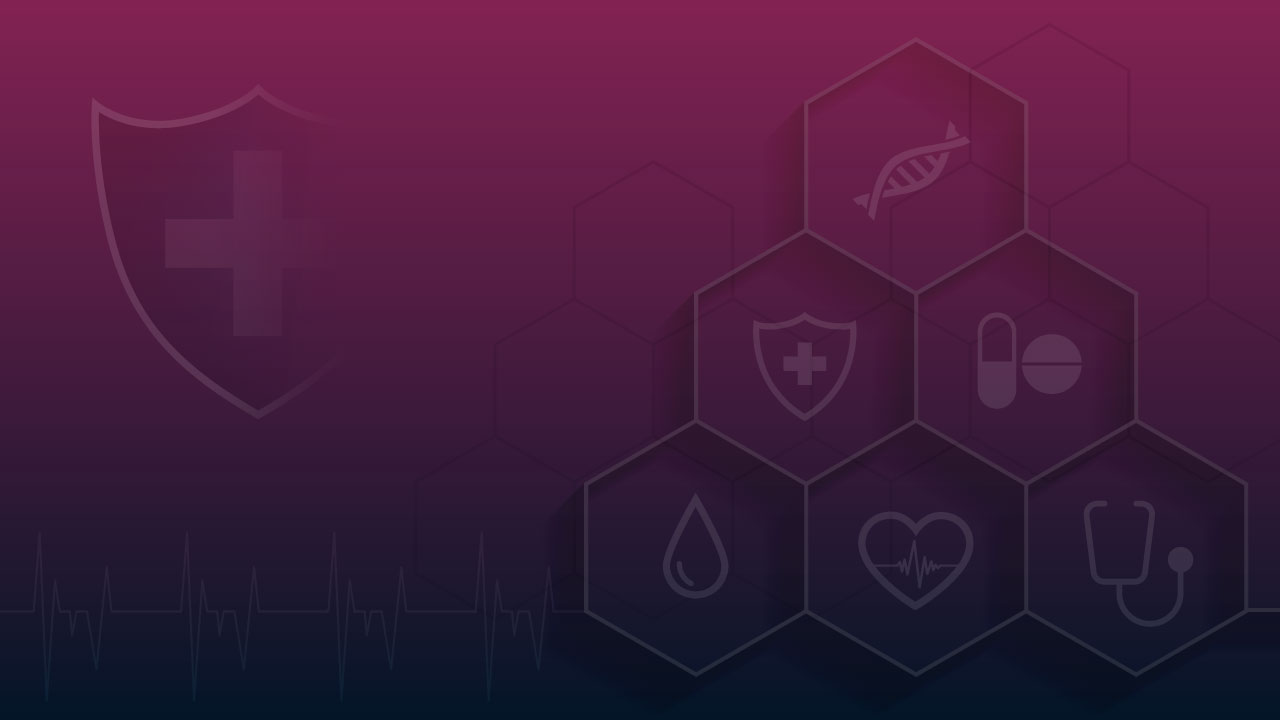
Increased cyber-attacks on the global healthcare sector
The World is witnessing an increase in Cyber-attacks and the industry that has been more prone to such attacks is the healthcare sector. Cyber incidents targeting healthcare organizations can have serious consequences, including the theft or loss of sensitive patient data through phishing attacks, organization data through ransomware attacks, disruption of critical medical services, and the destruction or tampering with medical equipment.
All these have become a booming commodity in the dark market and the hackers involved in these stolen electronic health records sell them in the dark web marketplaces or get involved in any nefarious activities.
According to a recent report, the US has been the country badly affected when it comes to Cyber Security attacks in the healthcare industry. 28% of the total global attacks have been from the United States while the Indian healthcare industry is learned to be the 2nd accounting for 7.7 % of the total cybersecurity attacks in the world in the year 2021.
How do data breaches happen in the healthcare sector?
Technological advancements in this area can be cited as one of the reasons for increasing cyber-attacks. Modern medical devices such as pacemakers, insulin pumps, and X-ray machines, are increasingly being connected to hospital networks and the internet is seen as an entry point of attacks, and in the healthcare sector security is not an area where they would heavily invest in.
This gives an ideal opportunity for hackers to infiltrate the existing information systems, and servers that have these sensitive patient data via a medical device or they can even gain access to the hospital network through fraudulent mail sent to employees.
Another major cause of security breaches happening in this industry is the need for staff to access important data from remote locations where the security may not be foolproof, and it creates an opening for Cyber-attacks.
Data leaks for such sensitive patients are potentially harmful to them as they could badly damage the respective person’s reputation. Apart from that, the organization’s name is also at stake.
Need for Cyber Security in Health Care sector
Based on this, we can say that the need for Cyber Security in the healthcare sector is more vital than ever before. It is important that healthcare organizations have robust cybersecurity measures in place to protect against these types of attacks and minimize the potential consequences.
Proper measures to be taken to protect against remote access attacks. Implementation of strong authentication processes, encryption of sensitive data, usage of secure communication devices and regular updating & patching systems can help prevent attackers from exploiting any sort of vulnerabilities.
And required training for those responsible for keeping patient data safe should be a top priority.
Our Solution
How Kripya Security Threat Elimination Program (STEP) processes can help to identify and address potential vulnerabilities in a healthcare organization’s systems and networks?
- First, the VAPT assessment involves testing the security of an organization’s systems and networks to identify potential vulnerabilities.
- Next up is the identification of vulnerabilities where they are cataloged and recorded. This includes information such as the location of the vulnerability, the severity of the risk it poses, and any available remediation measures.
- Vulnerabilities identified during the VAPT process are then classified based on their severity and potential impact. This can help to prioritize which should be addressed first.
- Once vulnerabilities have been identified and classified, appropriate remediation measures can be implemented to address them. This may involve patching or updating software, implementing security controls, or making changes to processes or policies.
- It is important to continuously monitor systems and networks for new vulnerabilities and to manage the remediation process to ensure that identified vulnerabilities are effectively addressed. This can involve regular testing, monitoring for alerts, and tracking the status of remediation efforts.





